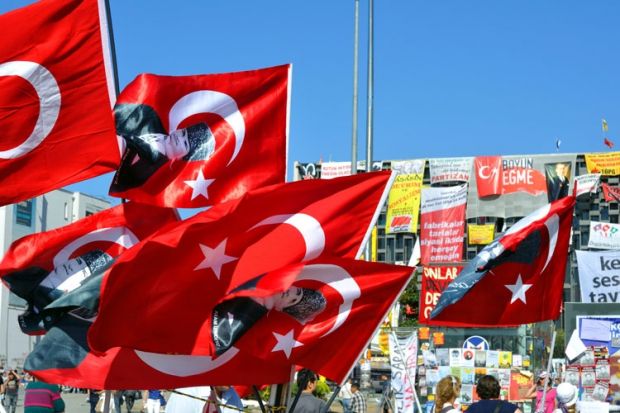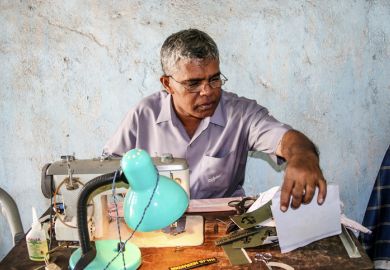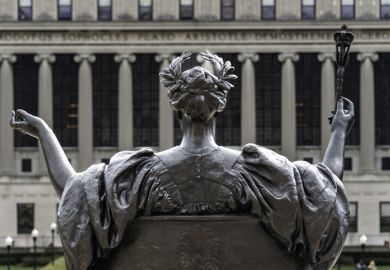Source: Emine Dursun/Shutterstock.com
Thousands of young people headed to the city’s Taksim Square last night after news broke of the sixth death - four of which have been students - in this year’s civil unrest.
Ahmet Atakan died in the early hours of Tuesday following a protest in the southern province of Hatay against Prime Minister Tayyip Erdogan’s handling of demonstrations this summer.
Witnesses claim the 22-year-old protester was killed after he was struck in the head by a tear gas canister, though authorities claim he died after falling from a building.
Protests in Taksim Square were immediately broken up, while police blocked access to Istanbul’s main shopping arcade, Istiklal, where tear gas was fired at crowds.
Trouble later spread to the city’s fashionable Cihangir district, where protesters, mainly students, built barricades using wood from a building site in an attempt to repel police.
Crowds were broken up by police, again using tear gas, while teams of riot officers patrolled the area into the early hours of today. Forty-six people were arrested, according to the Istanbul Bar Association.
Several international academics visiting Istanbul for the European Association of International Education’s annual conference were also caught up in the drama as many hotels are based in the area.
The protest follows a lull in civil unrest, which started in late May when camps were created in Gezi Park - a traditional area for protest and celebration - to oppose plans to develop the green space. The protests gained momentum due to outrage over the heavy-handed reaction to the demonstrations.
With students due to return to university after the summer break and the death of Ahmet Atakan, protests have resumed, with a large rally planned for this Saturday.
“There has never been such a public reaction or opposition in Turkish history,” said Murat Cetin, associate professor at the department of interior and environmental design at Kadir Has University in Istanbul, one of several architecture academics who have objected to the Gezi Park plans.
“In scale and diversity, it is bigger than all other resistance movements. It is mainly students and young people, but you have people from different political groups, environmentalists, those from the LGBT community standing alongside people from Kurdish minorities - it is not just one group of people.”
Times Higher Education’s Jack Grove, in Istanbul for the EAIE conference, was also among those caught up in the violence as police stormed a street near to a restaurant in Cihangir and fired tear gas. Here he briefly describes how a peaceful neighbourhood suddenly erupted into violence:
“Young people wearing hard hats and face masks were dragging old doors down the street to create a barricade in the main street. But it felt quite safe and lots of people were still out in cafes having their evening meal.
“Suddenly, there was a stampede and hundreds of people starting running up the hill. We rushed into the cafe and tear gas filled the street. They pulled the shutters down, but the gas seeped in leaving some people in a bad state.
“Outside people were throwing stones at police and running off. We couldn’t leave for about an hour until the gas cleared, but heavily armed police were roaming the area all night looking for protesters.”
Register to continue
Why register?
- Registration is free and only takes a moment
- Once registered, you can read 3 articles a month
- Sign up for our newsletter
Subscribe
Or subscribe for unlimited access to:
- Unlimited access to news, views, insights & reviews
- Digital editions
- Digital access to THE’s university and college rankings analysis
Already registered or a current subscriber? Login




